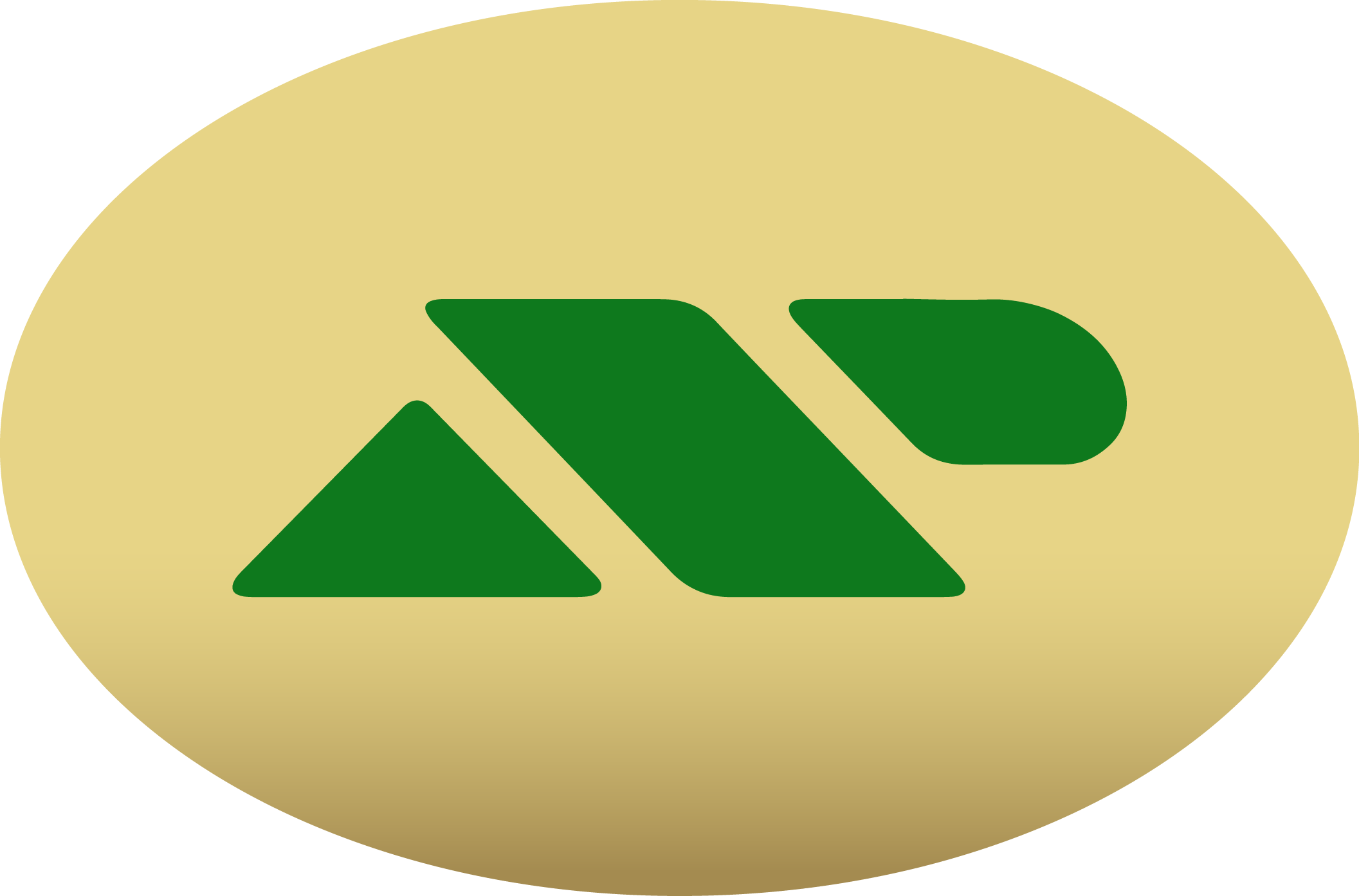- National Registration
- Afghanistan
- Albania
- Algeria
- Andorra
- Angola
- Antigua
- Argentina
- Armenia
- Australia
- Austria
- Azerbaijan
- Bahamas
- Bahrain
- Bangladesh
- Barbados
- Belarus
- Belgium
- Belize
- Benin
- Bhutan
- Bolivia
- Botswana
- Bosnia Herzegovina
- Brazil
- Brunei Darussalam
- Bulgaria
- Burundi
- Burkina Faso
- Cambodia
- Cameroon
- Canada
- Central African Rep.
- Chad
- Chile
- China
- Cape Verde
- Croatia
- Colombia
- Cyprus
- Czech Republic
- Denmark
- Estonia
- Finland
- France
- Germany
- Georgia
- Greece
- Hungary
- Iceland
- Ireland
- Italy
- Kosovo
- Latvia
- Liechtenstein
- Lithuania
- Luxembourg
- Malta
- Moldova
- Monaco
- Montenegro
- Netherlands
- New Zealand
- North Macedonia
- Norway
- Poland
- Portugal
- Russia
- San Marino
- Serbia
- Slovakia
- Slovenia
- Spain
- Sweden
- Switzerland
- Turkey
- Ukraine
- United Kingdom
- United States
- Vatican City
- International Registration
- Global Registration
- Trademark Searches
- Branding
- Management



